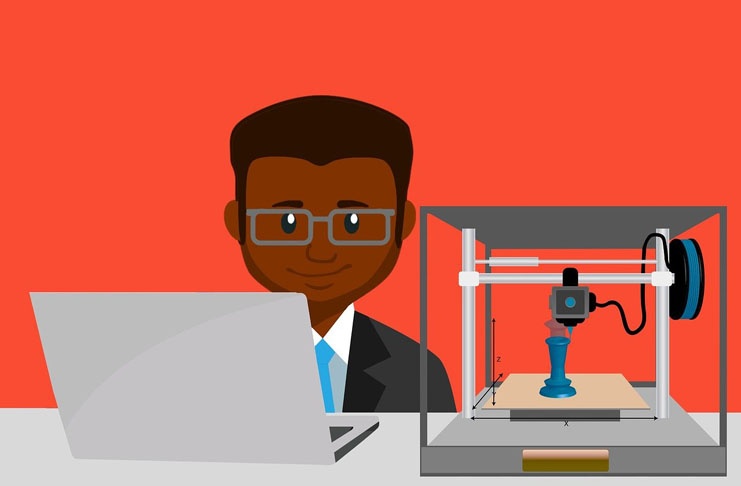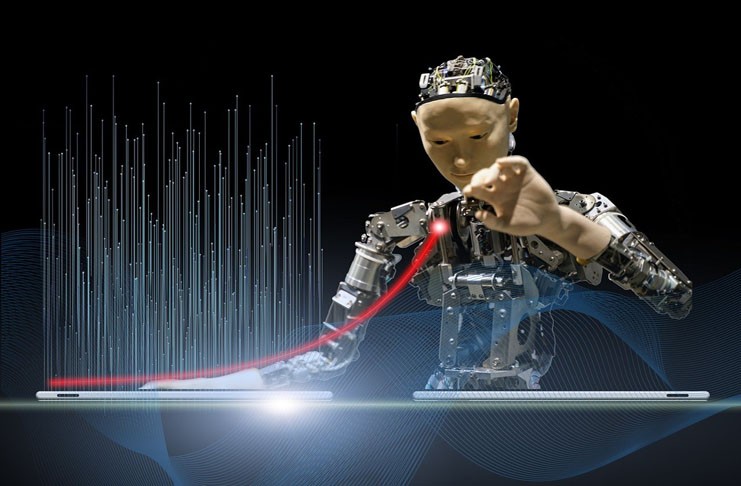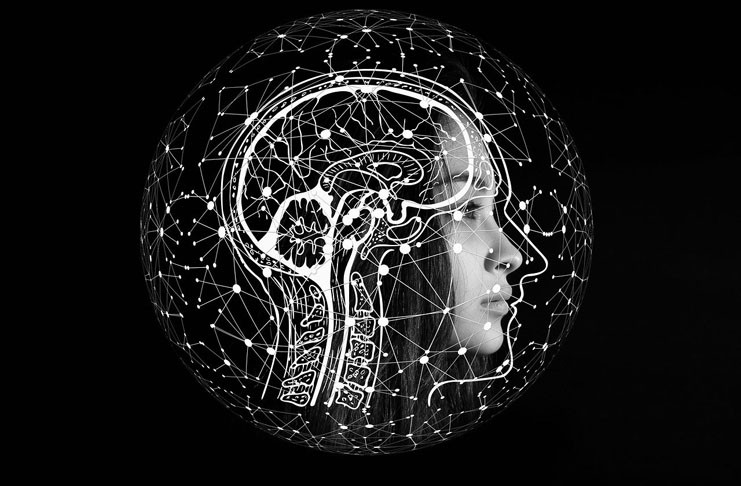In this piece, we delve into the world of Brain-Computer Interfaces (BCI), a cutting-edge technology transforming how you interact with machines.
BCIs create a direct communication link between your brain and computers, opening doors to remarkable possibilities. You’ll grasp the basics, understand its applications, and see what the future holds.
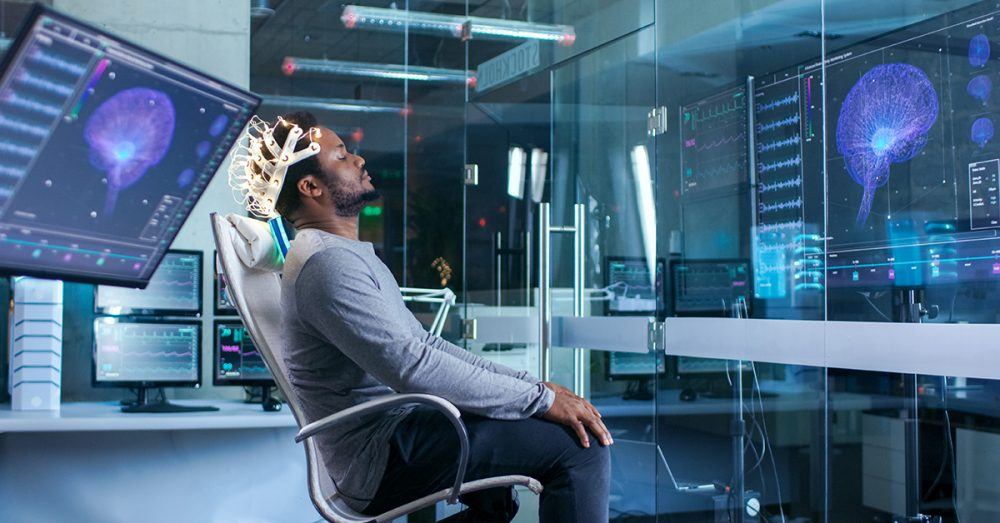
Understanding Brain-Computer Interfaces (BCI)
A Brain-Computer Interface (BCI) is a system that enables direct communication between the human brain and computer.
It translates your brain signals into commands, allowing you to control external devices or software. You don’t use any physical movements; you control things with your thoughts.
BCI technology has applications in medicine, gaming, and assistive technology for people with disabilities.
The brain-computer technology is still evolving, but it’s already showing its potential to revolutionize how you interact with the digital world.
Historical Context
The concept of Brain-Computer Interfaces (BCI) isn’t new. It dates back to the 1970s. Early experiments focused on using BCIs to help people with severe disabilities communicate or control devices.
The 1990s saw more development as technology improved. In the 2000s, BCI research expanded significantly, exploring applications in gaming, medicine, and more.
Today, both academia and industry are pushing BCI technology forward, making it more accurate, accessible, and user-friendly. The field has come a long way, and the pace of innovation is faster.
Key Technologies and Methods in Brain-Computer Interfaces (BCI)
Together, these technologies and methods form the backbone of BCI, enabling the translation of thought into action.
- Electroencephalography (EEG): This is the most common method in BCI. It involves placing electrodes on your scalp to measure electrical activity in your brain. It’s non-invasive and relatively affordable.
- Magnetoencephalography (MEG): MEG captures the magnetic fields produced by neural activity to create a brain-computer interface system. It provides high temporal resolution but is expensive and less common than EEG.
- Functional Magnetic Resonance Imaging (fMRI): fMRI tracks changes in blood flow in your brain, reflecting neural activity. It offers high spatial resolution but is costly and requires a large machine.
- invasive brain-computer interface: These involve implanting electrodes directly into the brain. They provide precise readings but come with increased risks and ethical concerns.
- Signal Processing: This is crucial for translating raw brain signals into meaningful commands. Advanced algorithms and machine learning play a key role here.
- User Training: Brain interface technology performance improves when users learn how to generate clear, consistent brain signals.
Applications of Brain-Computer Interfaces (BCI)
These applications showcase brain-computer interaction versatility and potential to transform various aspects of life and work.
- Medical Rehabilitation: BCIs help people with paralysis or lost limbs regain control of their bodies, enhancing mobility and independence.
- Communication Aids: For individuals with conditions like ALS, BCIs enable communication using thoughts alone, bypassing physical limitations.
- Gaming and Virtual Reality: BCIs add a new layer of interaction in gaming and VR, letting players control actions with their mind.
- Mental State Monitoring: BCIs can track mental states, aiding in stress management or monitoring attention levels.
- Neurofeedback: BCIs provide real-time brain activity feedback, useful for meditation, therapy, and cognitive training.
- Research: BCIs are vital tools in neuroscience, helping to unravel the complexities of the brain.
- Control of Devices and Environments: BCIs enable direct control of computers, wheelchairs, or smart home devices using thoughts.
Challenges and Ethical Considerations
You’re dealing with direct interaction with the human brain, which brings about various challenges and ethical considerations.
On the technical side, achieving high accuracy and reliability in translating brain signals to actions is a major hurdle. You also have to ensure the technology is safe, especially with invasive methods.
On the ethics front, privacy is a huge concern. You’re tapping into the most personal space, the human brain, and you need to safeguard that data against misuse.
Additionally, there’s the question of identity and agency; if a BCI misinterprets a signal and makes a wrong move, who is responsible? The user, the device, or the brain-machine interface companies?
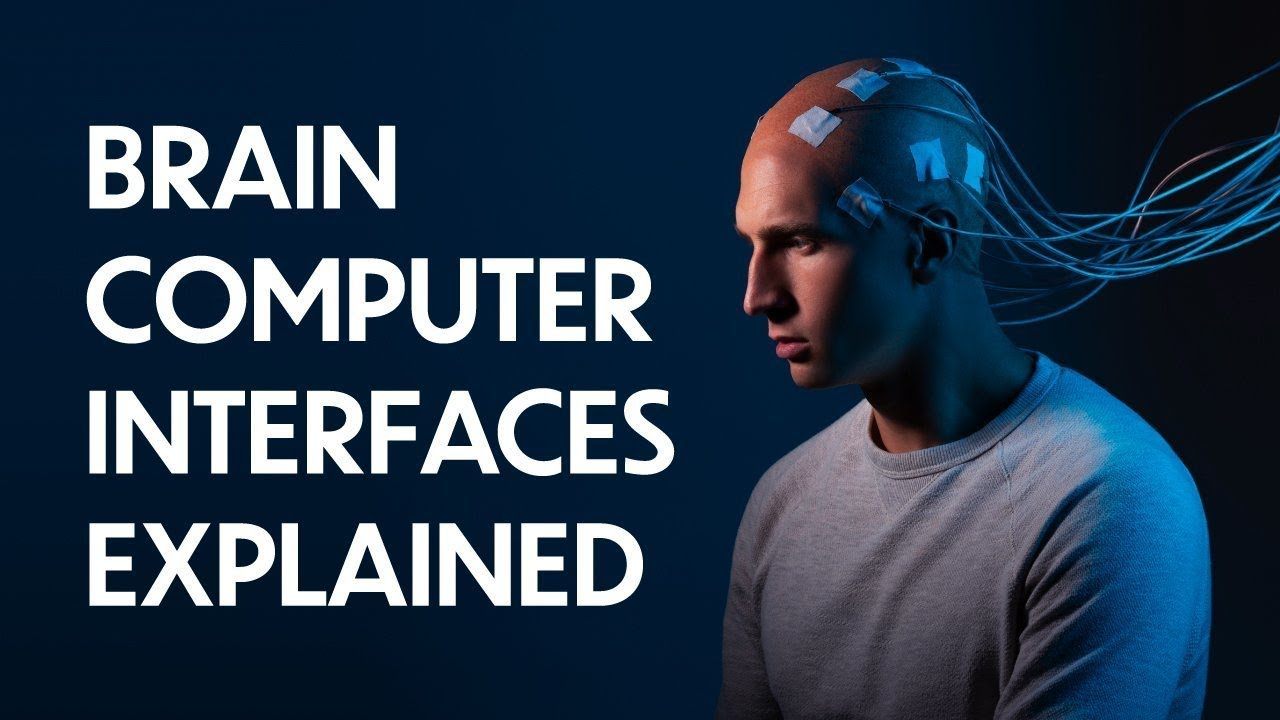
Case Studies
Here are three real-world cases of Brain-Computer Interfaces (BCI) in action:
- BrainGate: This research project involves several universities including Brown University and Stanford University, starting in the early 2000s. It focuses on helping people with paralysis regain control over their environment. Participants, such as Matthew Nagle in 2004, have been able to control computer cursors, robotic arms, and even their own paralyzed limbs through implanted BCIs. Results have been groundbreaking, demonstrating the potential of BCIs to restore function and independence.
- NeuroSky: Founded in 2004, NeuroSky developed non-invasive BCIs for consumer use, mainly in gaming and mental wellness. Their headsets can capture EEG signals and translate them into actions in games or applications. Users have been able to control virtual objects with their mind, showcasing BCI’s potential in entertainment and education.
- Emotiv: Since its inception in 2011, Emotiv has been creating EEG-based BCI headsets for consumers. Their products have found applications in research, mental wellness, and interactive experiences. Users across the globe have utilized Emotiv’s technology for various purposes, from controlling drones with their mind to conducting neuroscience research.
These cases underscore BCI’s real-world applicability and its potential to make a significant impact across various domains.
The Future of Brain-Computer Interfaces (BCI)
The future of BCI looks promising and transformative. As technology advances, you can expect connecting the brain to computers to become more common and accessible.
Research is ongoing to minimize the invasiveness of the technology while maximizing its functionality. This will open up more applications across different fields.
Brain-computer interfaces in medicine are poised to play a pivotal role in rehabilitation. The gaming and entertainment industries are also set to benefit, from more immersive and interactive experiences.
Conclusion
Brain-Computer Interfaces (BCI) stands out as a groundbreaking field with the potential to revolutionize how you interact with technology. It breaks down barriers, particularly for individuals with disabilities.
Despite its promise, BCI faces technical challenges, particularly in terms of accuracy and reliability. Ethical considerations, especially around privacy and data security, are paramount.
As the technology evolves, addressing these challenges and ensuring responsible use will be crucial. The future of BCI is bright, full of possibilities, and it’s a space worth watching closely.

